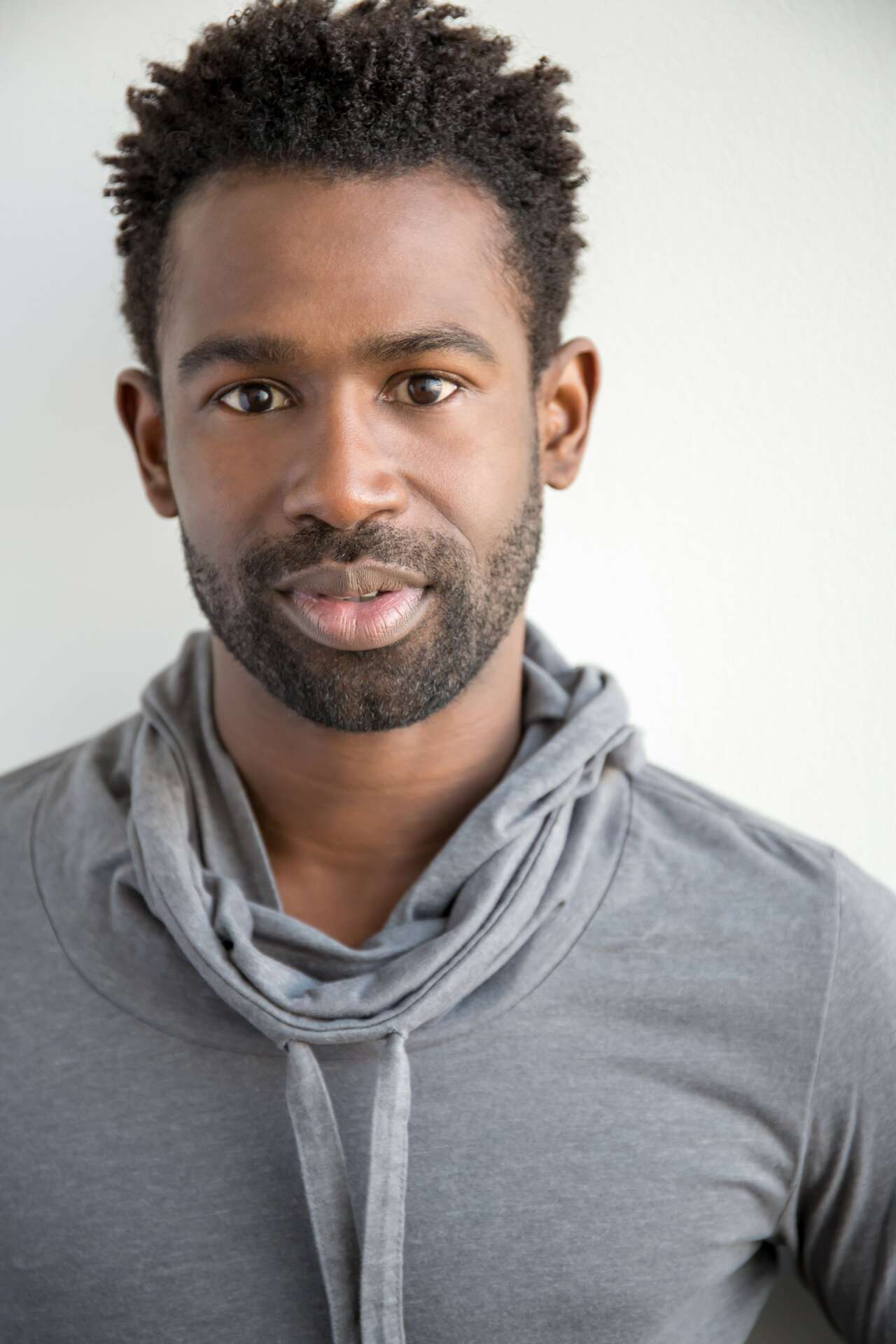We recently connected with Darnell Pierre Benjamin and have shared our conversation below.
Darnell Pierre, looking forward to hearing all of your stories today. We’d love to hear the backstory behind a risk you’ve taken – whether big or small, walk us through what it was like and how it ultimately turned out.
I moved to Cincinnati in 2009 with the intention of only staying for the one-year contract I’d signed with the Know Theatre. I quickly learned about Cincy’s vibrant arts scene; and after other contract offers for the following year, I decided to stay a little longer. In 2013, I found myself having to hustle so hard to make ends meet. At the time, I was working on and off at a restaurant. In a meeting one day, the proprietor said something along the lines of “I don’t need you servers. It’s the kitchen that makes this place. So, if you want to leave, you can leave.” And I did. I took a risk. Even knowing that I didn’t have consistent work as an artist, I took a risk and quit the survival job. What that did was open the world to me. I suddenly HAD to focus my energies on my career. I also realized that I didn’t need a survival job; it occurred to me that survival job mindset can be damaging. Culturally, the arts are treated as unnecessary, and phrases like “survival job” strip away any potential of success in the work. I realized how much that phrase got in the way of me seeing other options. I suddenly started asking myself, ‘What if the focus wasn’t on survival? What if I could thrive in something closer to what I love?’ Instead of a survival job, I integrated education more fully into my world. With my MFA, I was able to teach, which kept me in the world of the work that I love. In addition, I found myself booking more work as an artist. A mindset shift created a rift that has changed my life forever. I rejected the outdated thinking that says that says that I can’t thrive as an artist. A reciprocal cycle of growth started to happen, and it absolutely changed the way I see myself as an artist. So, risk saved me from getting in my own way.
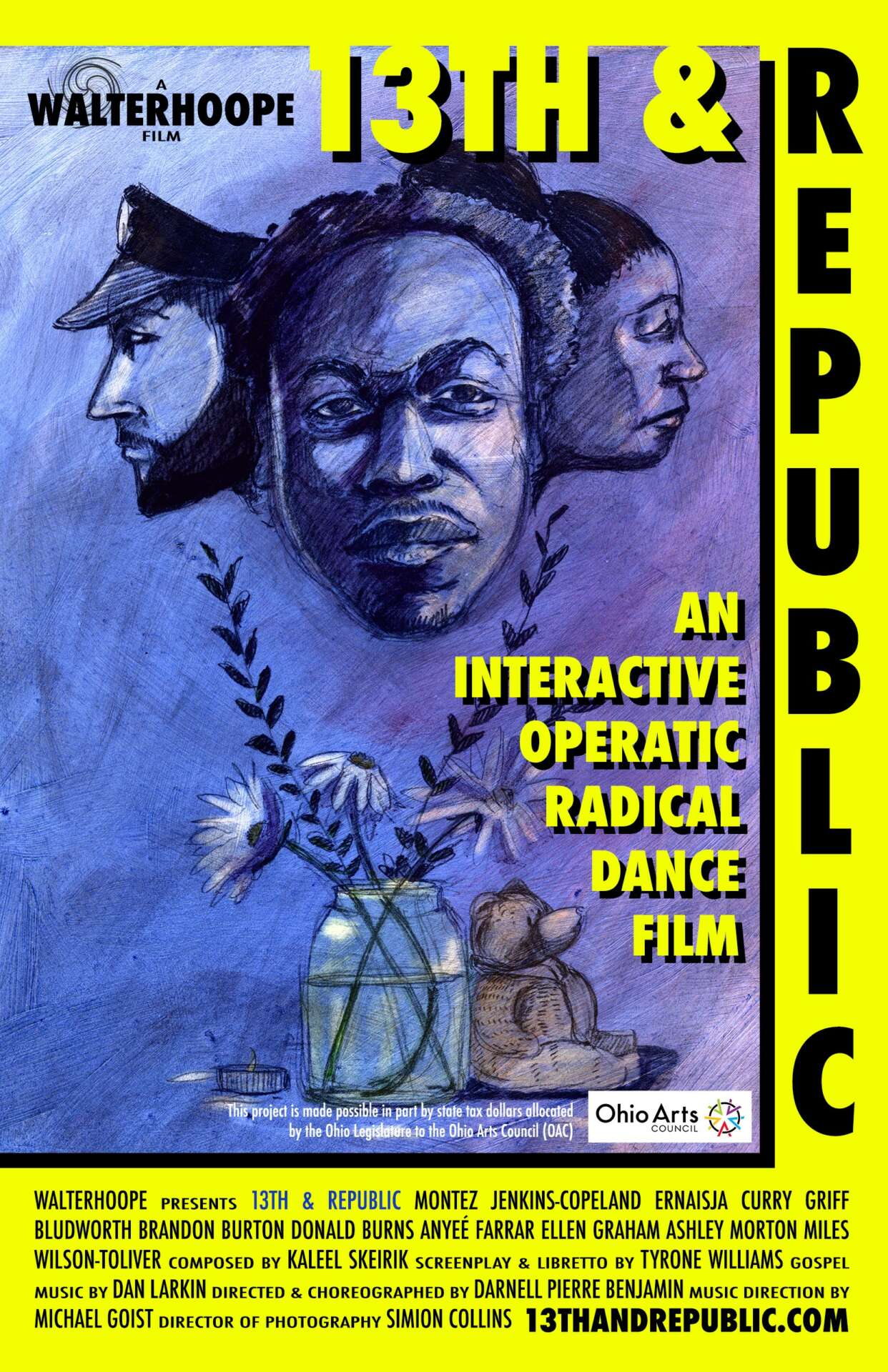
As always, we appreciate you sharing your insights and we’ve got a few more questions for you, but before we get to all of that can you take a minute to introduce yourself and give our readers some of your back background and context?
I came into the arts in a bit of an unexpected way. Growing up in Southern Louisiana as a Black queer kid, there was already so much against me. On top of that, I was incredibly shy and withdrawn. I held onto a lot of shame for simply existing. An incident happened that got me seeing a school counselor regularly. It was there that I learned that movement was a huge driving force that gave me ease. When I was moving, I was breathing. So, I became interested in dance. That eventually led me to theatre and the speech & debate team. Originally, I had every intention of going into criminal psychology…but the arts bug got me. I went to University of Louisiana at Lafayette, more out of convenience and ignorance than desire, and I graduated in 2006 with my BFA in Performing Arts. I followed that with an MFA from University of Houston, as an absolute choice, and graduated in 2009 with my MFA in Classical Theatre Performance. It was there that I realized I could marry my love of theatre, movement, and dance. I landed in Cincinnati in 2009 with no intention of staying, but got surprised with Cincy’s arts community. I saw opportunity as both an artist and a community builder.
When asked what I do, I oftentimes find myself struggling with an elevator pitch. Simply put, I make spaces better. That’s the goal of what I do. I started as a dancer, then an actor, and then an educator in the arts. Now, my interest is primarily in direction, choreography, and community building. I’m interested in using the arts as a vehicle to more inclusion, more community building. I’m interested in helping people expand, both physically and emotionally. My experience as a Black queer individual is that we’re taught to blend and make ourselves less visible; and I’ve made a personal choice to intentionally take space and inspire the same in others.
What sets me apart from others in the arts and education is that I reject hierarchical leadership; I move it from vertical to horizontal. I’m more interested in reimagining leadership. I see it as an opportunity to create spaces that encourage everyone to show up at the table and share. When more people share and see their ideas implemented, they take more personal ownership of the company, the project, the whatever. It becomes just as important to them. Working in a field that brings in almost all contracted employees means that most of those folks have no investment in the company; they’re oftentimes only there for their contract. However, I like to imagine a space where people feel integrated in how the company operates. I’m all about investing in the people, so they invest long-term in the bigger picture. And that bigger picture includes everyone.
More than anything, I want people to know that my brand is interested in the future. A future where leadership is actually interested in the community it serves. A future where representation isn’t only there for grant opportunities. A future where more people have a say. A future where art is intentional about the way it reflects back and forth with its communities. A future that is now.
A couple examples of projects I’ve led that align with my perspective are my trauma and healing explorations. In 2020, I directed and choreographed a film, 13th & Republic, produced by Walterhoope. Since this was created during the pandemic, its reach wasn’t as broad as I would have liked. So, in 2021, I received a grant from Artswave that helped fund taking the film out to parks around the area–particularly parks in areas that voted red. The film is an “interactive operatic radical dance film” that follows Apollo, a Black queer man, who takes the audience on a journey into the mind of a Black man navigating the complexities of existing while Black. The film unpacks the generational and individual trauma of racism, particularly in regards to police brutality, by inviting the viewer into an exploration of mental health. The film was seen by about 8,000 people during its tour of the parks. In 2022, I received another grant from Artswave that allowed me to explore what the other side could be like; I wanted to consider what healing looks like. With that, I put together a multidisciplinary experience of three events entitled “REST” which asks what rest is and why it’s necessary. In the three events, I worked with students at Rising Stars Academy on Vine on how they can regulate their mood through movement and breathing techniques; I teamed up mental health specialists to inform the public about ACE scores, trauma, and options for healing; and then I hosted a free meal and party to simply celebrate life. These three events culminated in a showcase of the students’ work at Cincinnati Art Museum and a documentary, where I collaborated with three videographers to capture the experience. These two events added to the conversation on the balance of trauma and healing. You can find 13th & Republic on its interactive website at https://13thandrepublic.com/, and you can find REST on YouTube at https://youtu.be/bzYE3zTC-b8.
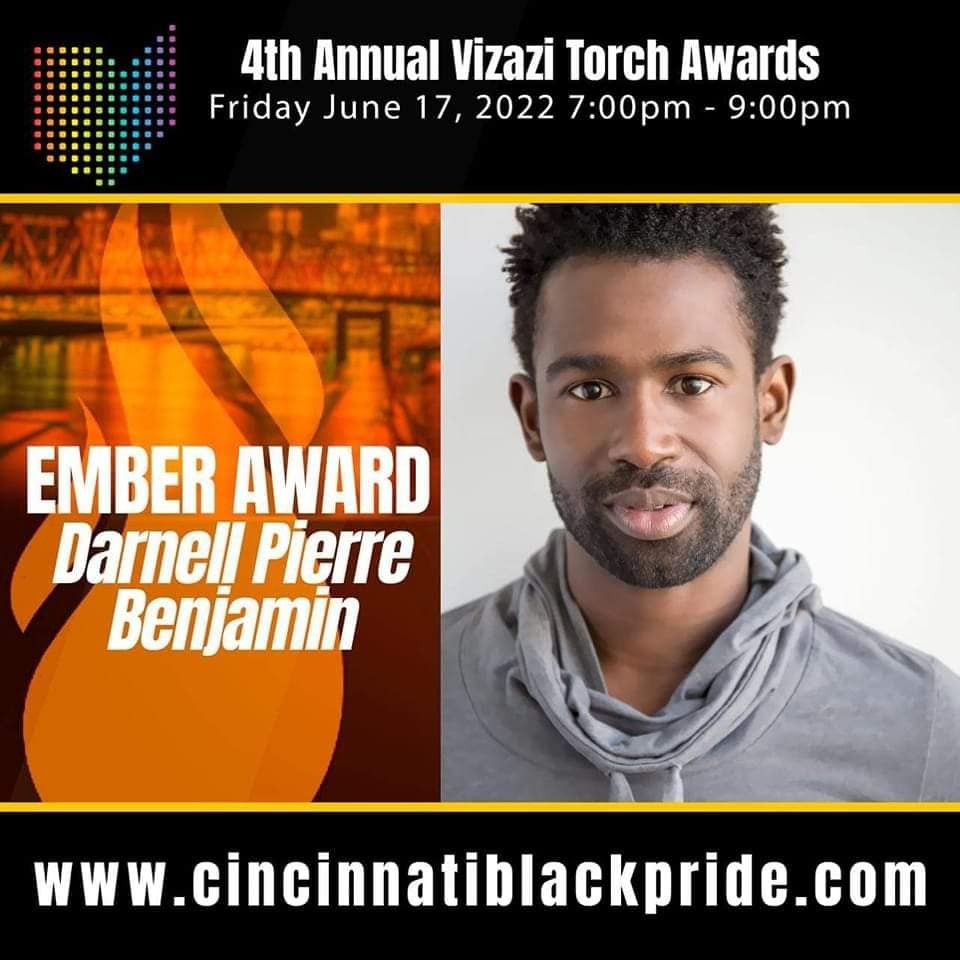
What can society do to ensure an environment that’s helpful to artists and creatives?
When I moved here in 2009, I noticed a trend. Many people were supporting the touring shows that would come into Cincinnati. Over the years, there was a developing trend of people started to offer more support to the local arts organizations. When the pandemic started, for obvious reasons people stopped being able to support the arts as much. We’ve been back in theaters for about two years now, and there’s still a decline in attendance. Some people maybe aren’t comfortable coming back. Some people maybe have moved. There are a slew of reasons why people maybe haven’t come back. Let the record state that we need you.
Another realization hit me, though. Artswave started offering individual artist grants, which was new. Most grants go to organizations, so it can be difficult for individual artists to create and find space to be seen. This opened up a new thought. What’s needed to best support creatives in building up the creative ecosystem is support to individuals as well as organizations. Support can mean a lot of things. It can be in the form of capital. It can also be in the form of simply showing up to individual artist events. It can also be about donating time or energy to aiding individual artist pursuits.
In general, our arts community thrives best when more space is given to more artists.
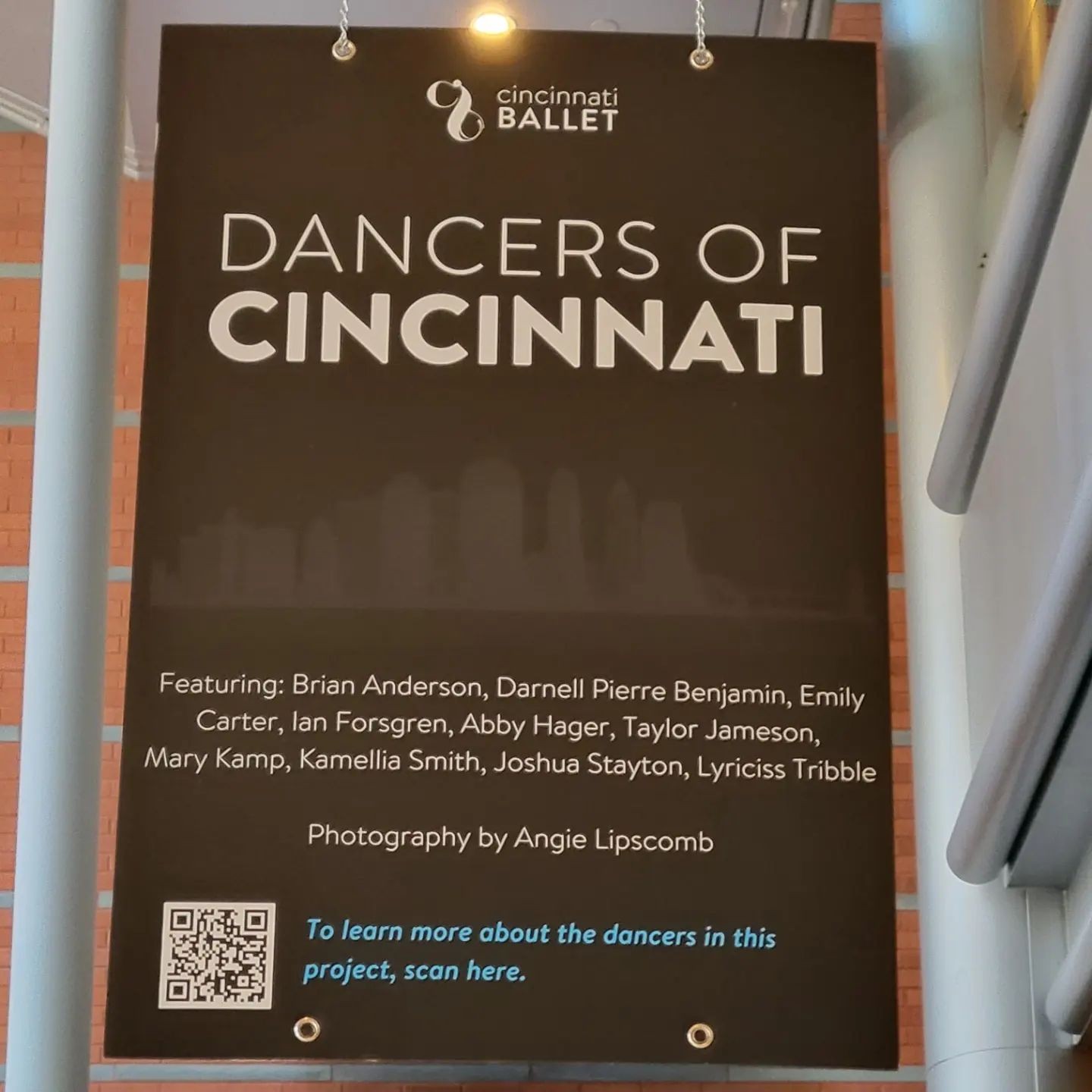
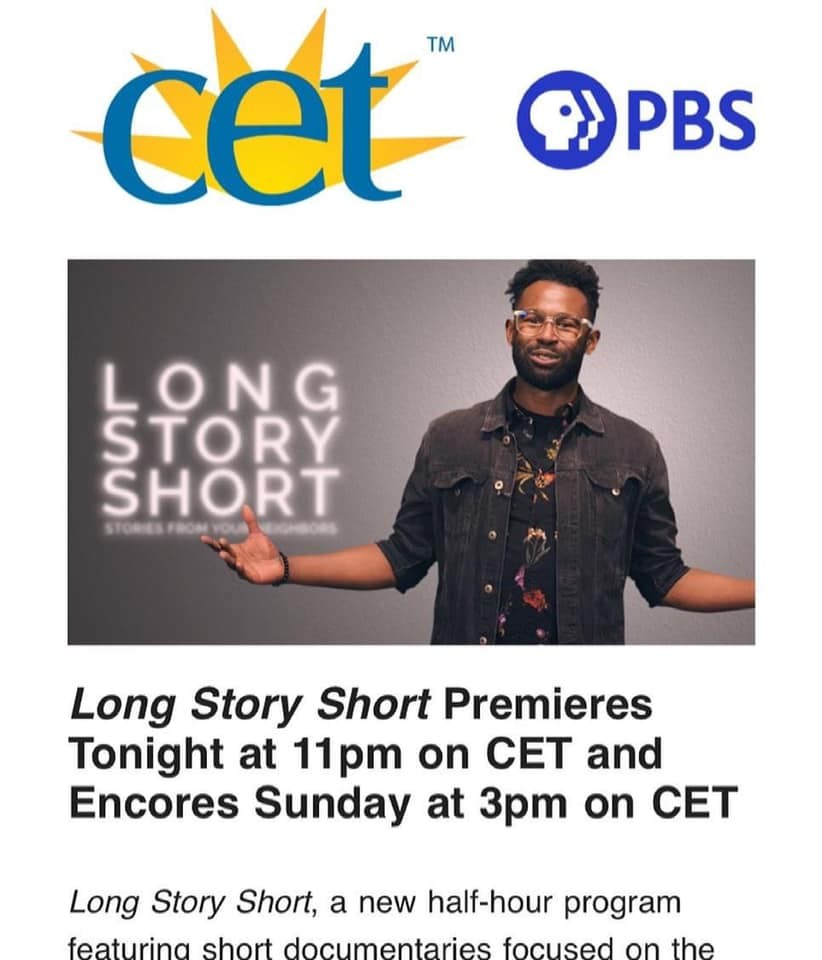
Is there a particular goal or mission driving your creative journey?
There is, indeed, a particular mission driving my creative journey. For as long as I can remember, I’ve always wanted to lead a theater. The vision I have of community, mixed with my interest in risk and making spaces better, drives me to the mindset of knowing that I’m meant to be an artistic director. For most of my career, I’ve only seen white arts leaders; and oftentimes, they are straight white men. Because of this, I’ve encountered an inordinate amount of complications due to a lack of cultural understanding and/or a lack of interest in more inclusive programming. I initially spent time waiting for a leader who looks like me to emerge. Then, I realized there was no reason to wait for that.
It was in the world of education that I saw my leadership abilities come to life. I started to notice student evaluations. I took stock of how students trusted me and felt their power around me. I was inspiring them, and I didn’t know it. This translated to my work as a director, choreographer, producer, and board member. I started to see how people were seeing me, and that is as a leader.
Since then, it’s been a mission of mine to continue to expand my strength in leadership. Even more, I began to understand my particular leadership perspective and how necessary it is. The words diversity, equity, inclusion, and accessibility have become buzz words in our current culture…but I realized that they’d always been a part of any conversation in which I was involved. Knowing that’s where my interest lies and experiencing people see that in me has been an inspiring actualization of a realization.
All of this is to say that the goal is to lead a theatre into the future–a future where inclusion, diversity, equity, and accessibility are no longer buzz words but actual realities.
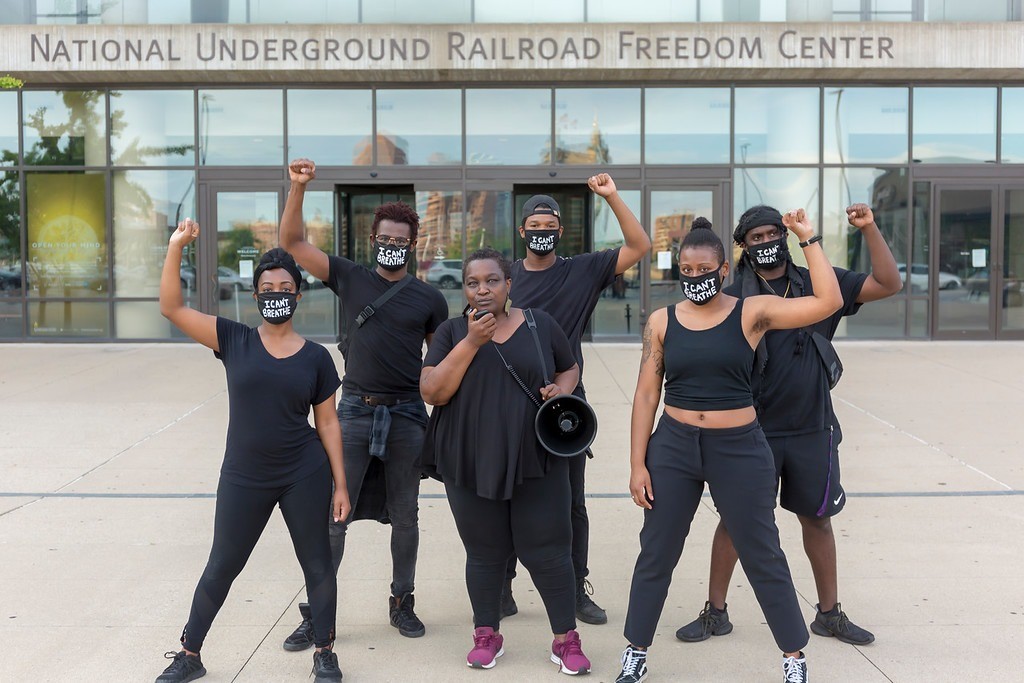
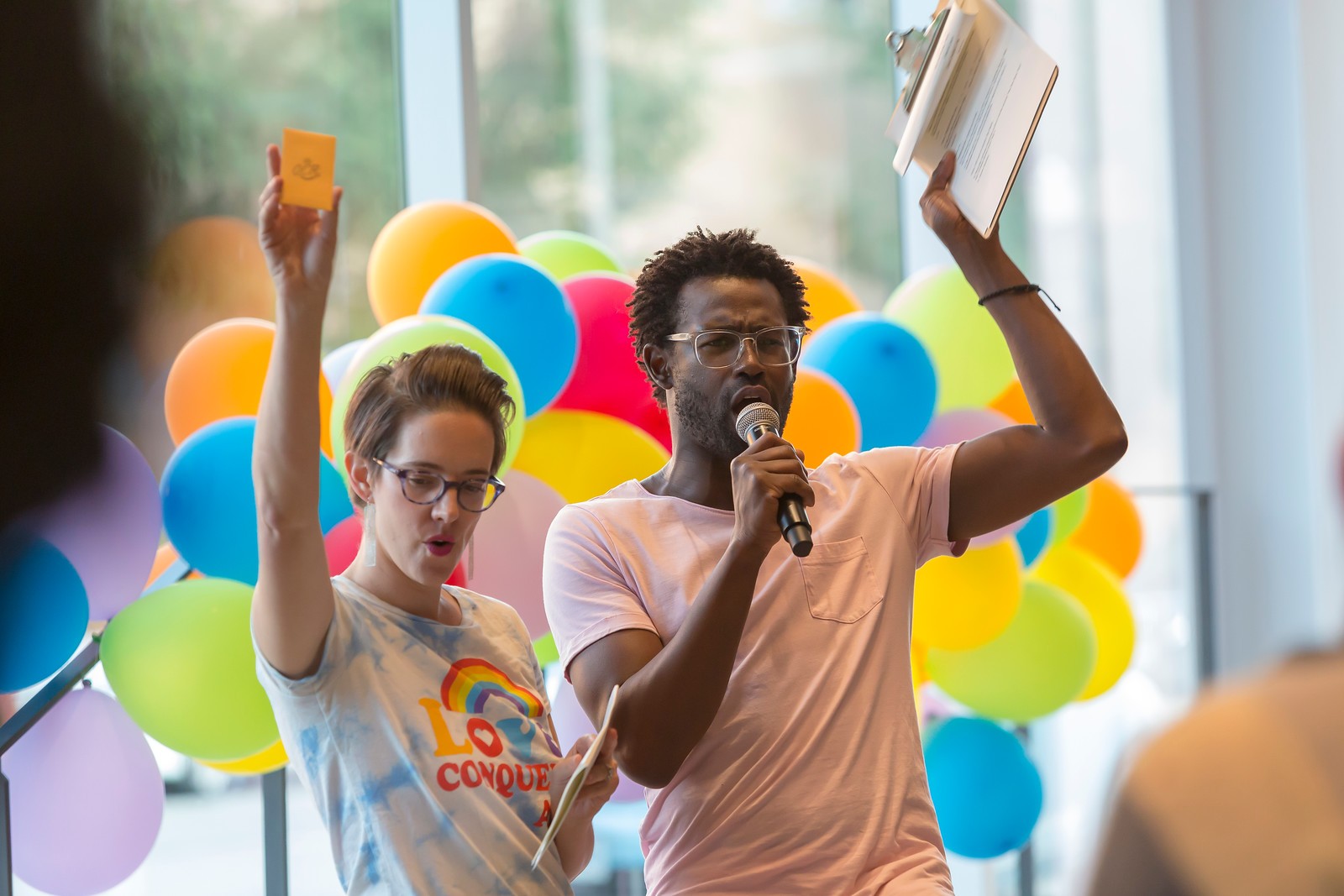

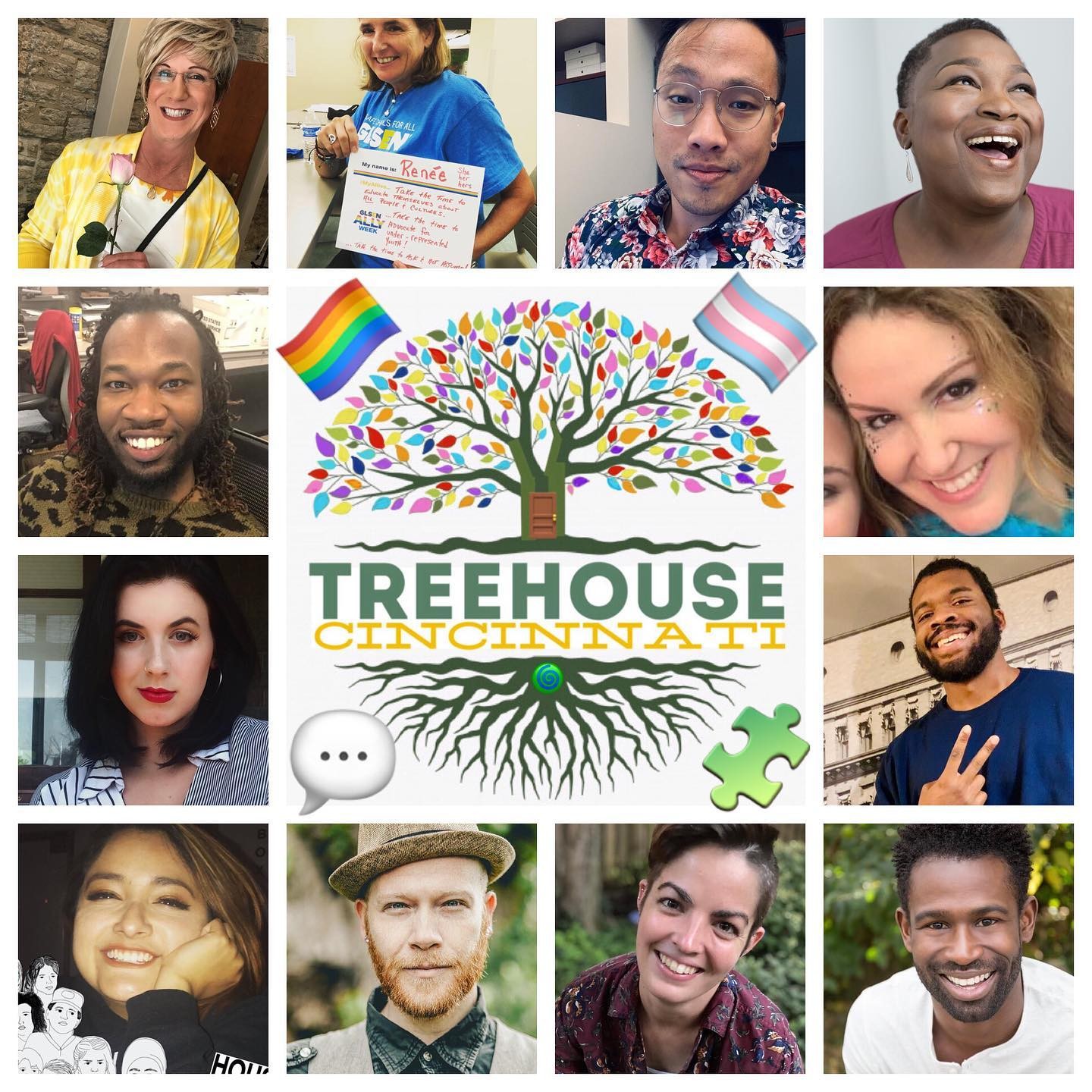
Contact Info:
- Instagram: https://www.instagram.com/darnell.p.benjamin/
- Facebook: https://www.facebook.com/darnell.p.benjamin/
Image Credits
The images on the 13th & Republic and REST posters were created by Nytaya Babbitt. The photos in front of the National Underground Railroad Freedom Center and the one with the balloons were taken by Mikki Schaffner.


